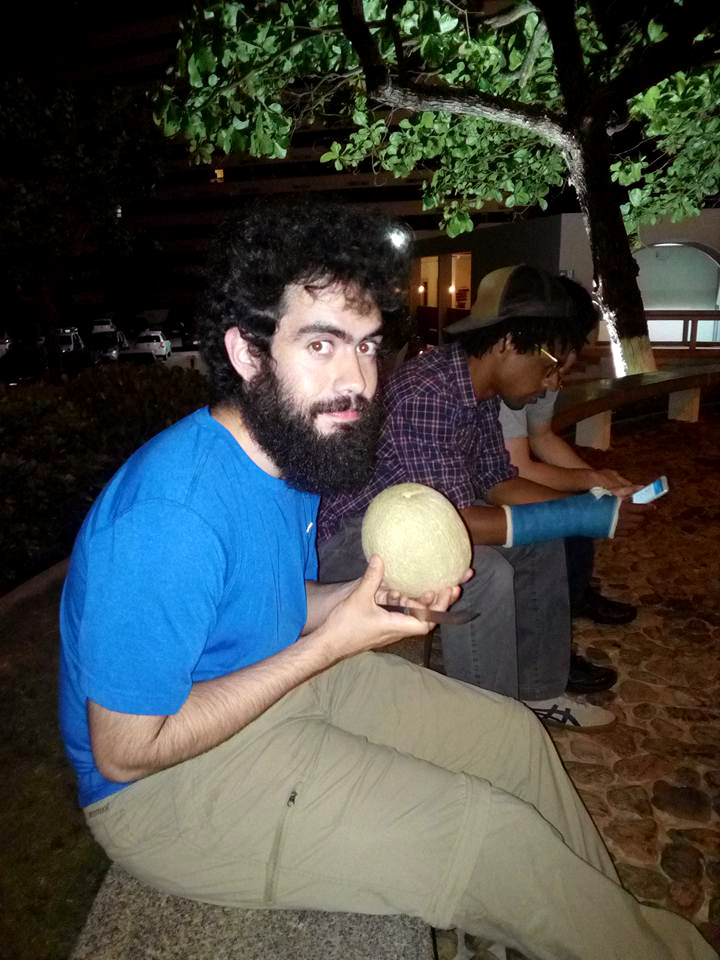Andrés Elgorriaga

Doctoral Scholar
This email address is being protected from spambots. You need JavaScript enabled to view it.
Bio

I studied at the Universidad de Buenos Aires, Facultad de Ciencias Exactas y Naturales, and obtained the degree of Licentiate in Paleontology in the year 2015. Since that year I'm working on my PhD studies, with a fellowship from CONICET, under the supervision of Dr. Rubén Cúneo and Dr. Ignacio Escapa, in the Museo Paleontológico Egidio Feruglio (MEF).My PhD thesis is centered on the systematic and phylogenetic study of a Mesozoic group of plants informally known as "Mesozoic seedferns", from Chubut and Santa Cruz provinces (Argentina), and also Antarctica. The Mesozoic seedferns are an heterogeneous group of fossil plant composed by 4 main orders. There are few studies concerning the phylogenetic relationships of these groups, and they state that most probably these 4 groups weren't a phylogenetic lineage. The information about their Patagonian representatives is very scarce, mostly focusing on their biostratigraphic use and with few paleobiologic information.
There are two main points that make the study of these groups particularly interesting:
- At least 3 out of the 4 groups have been historically proposed as most closest groups with flowering plants (angiosperms). The flowering plant are by far the dominant group of plants of most modern ecosystems, and they include more than 90% of the modern diversity of vascular plants. However, we still don't know from which group of plants do they come from, with the Mesozoic seedferns being one of the most probable ones.
- Recent studies suggest that these 4 seedfern lineages are present on the Mesozoic rocks of Patagonia, and as most of what it's known of a couple of these groups (Caytoniales and Peltaspermales) is based on information from northern hemisphere fossils collected mainly during the 60s-80s, a detailed study of their Patagonian representatives, with the aid of new technologies and methodologies, would be a great addition to our knowledge of the group, providing new information that might help to understand their phylogenetic position on the overall gymnosperm tree of life, and their relationships (or not) with flowering plants.
As a side project I'm studying the phylogenetic relationships of another unusual group of plants, the Equisetales (aka horsetails). This group has a rich and diverse fossil record, but with a very reduced modern diversity, reduced to 15 closely related species of the genus Equisetum. I'm are working on this project with my PhD advisors and also with Dr. Mihai Tomescu and Dr. Gar Rothwell.

